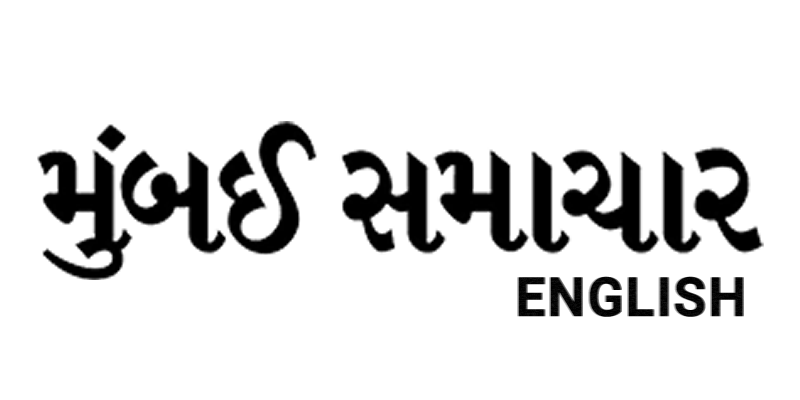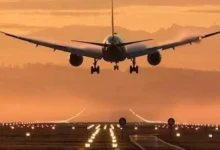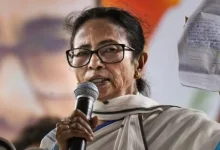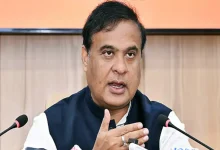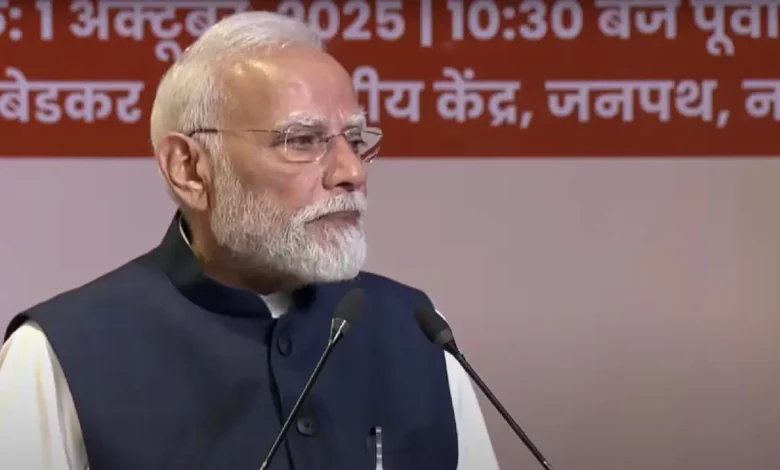
Mumbai – Prime Minister Narendra Modi’s two-day visit to Mumbai, commencing Wednesday, promises a series of high-impact inaugurations and diplomatic engagements designed to bolster the city’s infrastructure and global ties.
At the forefront of the itinerary is the activation of Mumbai’s inaugural fully underground metro line. Modi will officially open the 10.99-kilometer extension of the 33.5-km Aqua Line (Metro Line 3), linking Acharya Atre Chowk to Cuffe Parade. This Phase 2B rollout completes the route from Cuffe Parade in South Mumbai to Aarey JVLR in Goregaon, with prior sections between Aarey JVLR and Bandra Kurla Complex (BKC), as well as BKC to Acharya Atre Chowk, already in service.
The Aqua Line, spanning 27 stations, introduces 11 new underground stops that promise enhanced links to South Mumbai’s historic areas, vital administrative centers, and commercial zones. Constructed at a cost of ₹12,195 crore for this segment alone, the full project totals over ₹37,270 crore. It integrates seamlessly with the Central Railway at Mumbai CSMT and the Western Railway at Mumbai Central and Churchgate, streamlining access to landmarks like the Reserve Bank of India (RBI), Bombay Stock Exchange (BSE), and districts including Fort, Nariman Point, and Kalbadevi.
According to a Press Information Bureau (PIB) statement, the line stands as “Mumbai’s first and only fully underground metro,” poised to transform travel in the Mumbai Metropolitan Region (MMR) with quicker, greener options for millions. The Mumbai Metro Rail Corporation Ltd (MMRCL) projects a 15% reduction in suburban rail pressure, alongside daily savings of 3.54 lakh liters of fuel, elimination of 6.65 lakh vehicle trips, and cuts in congestion and noise.
Environmentally, the initiative includes planting over 23,000 trees for compensation and mangrove revival efforts, plus resettling 1,941 families in permanent housing and 733 in interim setups. Notably, it achieved an Indian record by deploying 17 Tunnel Boring Machines (TBMs) concurrently. Travel time from Cuffe Parade to Aarey JVLR will shrink to about one hour, down from 1-2 hours amid traffic, benefiting 13 lakh daily users. The corridor connects to half a dozen business areas, 30 schools, 13 hospitals, 14 places of worship, and 30 leisure spots, including direct routes to Chhatrapati Shivaji Maharaj International Airport from the south.
In parallel, Modi will unveil Phase 1 of the Navi Mumbai International Airport (NMIA) at 3:30 p.m., a ₹19,650 crore endeavor under a Public-Private Partnership (PPP). As India’s largest greenfield airport, it forms the second gateway for the MMR, complementing Chhatrapati Shivaji Maharaj International Airport (CSMIA) to alleviate overcrowding and align Mumbai with international multi-hub models. Engineered for top efficiency, NMIA aims for 9 crore annual passengers and 3.25 million metric tonnes of cargo, pioneering water taxi connectivity nationwide.
Modi will also introduce “Mumbai One,” a unified app merging MMR public transport modes for smoother navigation.
The visit culminates Thursday at 10 a.m. with a meeting between Modi and UK Prime Minister Sir Keir Starmer, underscoring strengthening bilateral relations.
